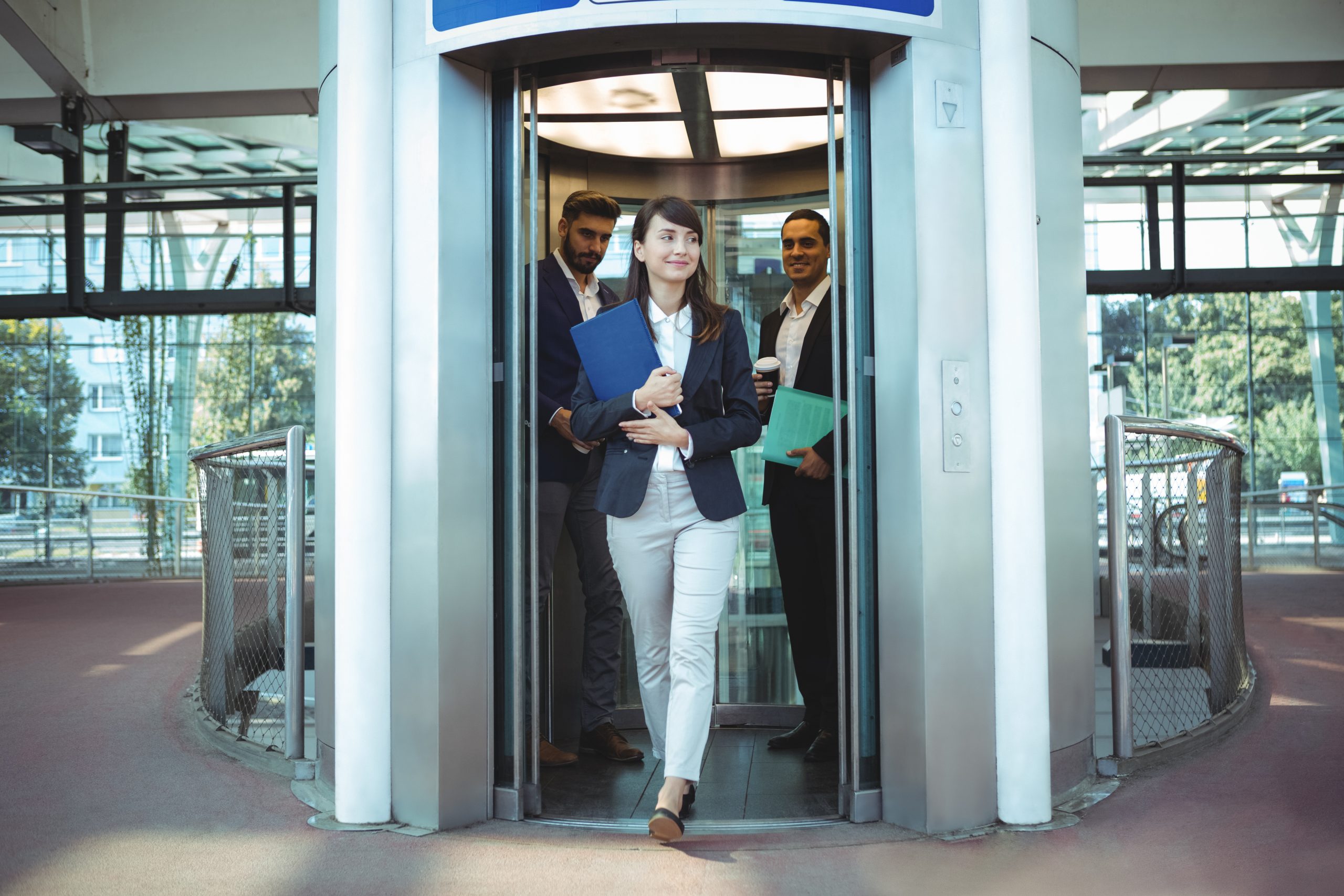
Introduction: Welcome to our elevator manufacturing company’s blog! In this article, we will delve into the exciting advancements in elevator technology that are revolutionizing vertical mobility. From intelligent systems to energy-efficient designs, the future of elevators is set to enhance efficiency, comfort, and safety for passengers worldwide.
- Intelligent Destination Control Systems: Gone are the days of pressing floor buttons inside an elevator cabin. Intelligent destination control systems are changing the way we navigate buildings. By using advanced algorithms and machine learning, these systems analyze passenger traffic patterns and optimize elevator operations in real-time. This technology minimizes waiting times, reduces energy consumption, and improves overall efficiency, resulting in a seamless vertical transportation experience.
- Eco-Friendly Elevator Designs: As sustainability becomes a key focus in the construction industry, elevator manufacturers are developing eco-friendly designs. Energy-efficient elevators incorporate regenerative drives that capture and reuse energy generated during the descent of the elevator car. LED lighting and intelligent sensors also contribute to energy conservation efforts. By embracing green technologies, elevator manufacturers are helping reduce carbon footprints and promote a greener future.
- Enhanced Safety Features: Safety is of paramount importance in the elevator industry. With the advent of new technologies, elevators are becoming safer than ever before. Advanced sensors and cameras enable real-time monitoring of elevator components, allowing for predictive maintenance and proactive repairs. Furthermore, emergency communication systems and automatic rescue devices ensure the safety and well-being of passengers in case of power outages or other unforeseen circumstances.
- Destination-based Elevator Grouping: Traditional elevator systems often suffer from inefficiencies due to random stops on different floors. Destination-based elevator grouping optimizes travel times by assigning passengers to specific elevators based on their desired destinations. By reducing unnecessary stops and streamlining passenger flow, this technology improves overall efficiency and reduces congestion in high-rise buildings, making vertical mobility more convenient for everyone.
- Smart Elevators and IoT Integration: The Internet of Things (IoT) is transforming various industries, and elevators are no exception. Smart elevators integrate IoT devices and sensors to collect and analyze data, enabling remote monitoring, predictive maintenance, and real-time performance optimization. Building management systems can now receive data from elevators, allowing for better control, energy management, and enhanced passenger experiences.
Conclusion: As technology continues to evolve, elevator manufacturing companies are at the forefront of innovation, introducing cutting-edge solutions that redefine vertical mobility. From intelligent destination control systems to eco-friendly designs and enhanced safety features, these advancements are reshaping the way we move within buildings. With a focus on efficiency, sustainability, and passenger comfort, the future of elevators promises a seamless and enjoyable vertical transportation experience for all.
We hope you found this blog post informative. Stay tuned for more updates on elevator technology and industry trends!
